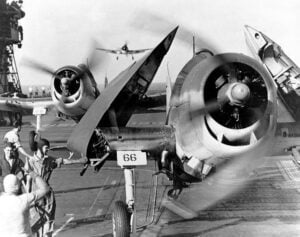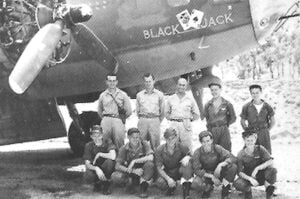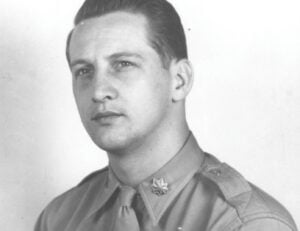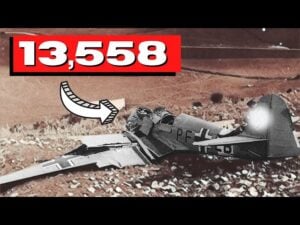The biplane with a jet engine… in 1910
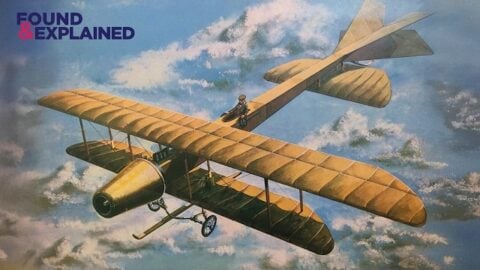
YouTube / Found And Explained
The Coandă 1910 was the world’s first attempt at a jet aircraft—a daring leap into the future of aviation. Although it never actually flew, it became a remarkable symbol of innovation from its 24-year-old creator, Romanian engineer Henri Coandă.
A Radical Idea in 1910
Unveiled at the Paris Air Show in October 1910, Coandă’s machine stunned spectators. Instead of using a conventional propeller, it featured a piston engine that powered a centrifugal blower mounted in the nose—something entirely new to aviation.
France at the time was the center of aircraft experimentation, and Coandă’s sleek, streamlined design stood out. The aircraft had minimal external bracing and was covered entirely in smooth wood, giving it a futuristic appearance compared to the fragile, wire-braced planes of the day.
The problem was power. The engine produced only around 450 pounds of thrust—far too weak to lift the aircraft. Though it never achieved flight, the Coandă 1910 was a critical milestone in the evolution of jet propulsion.
Continued Experimentation
Coandă didn’t stop there. The following year, he developed another unconventional aircraft powered by two 70-horsepower Gnome rotary engines driving a four-blade propeller, but it too failed to succeed. Undeterred, Coandă moved to England in 1912 to work for the British and Colonial Aeroplane Company, later known as Bristol, where his innovative ideas continued to influence early aviation design.
Controversy and Legacy
Years later, after jet engines had become reality, Coandă began claiming that his 1910 aircraft had achieved actual jet propulsion through fuel combustion in the airstream—and that it had briefly flown before crashing and catching fire. However, aviation historians found no evidence to support this.
His later sketches appeared altered, and no proof existed that the Coandă 1910 ever left the ground. Most experts agree that it produced only a weak stream of air rather than true jet thrust.
Even so, Henri Coandă’s work paved the way for the concept of jet propulsion long before the technology to realize it existed. His 1910 aircraft remains a fascinating symbol of imagination and ambition—a glimpse of the jet age decades before it began.














